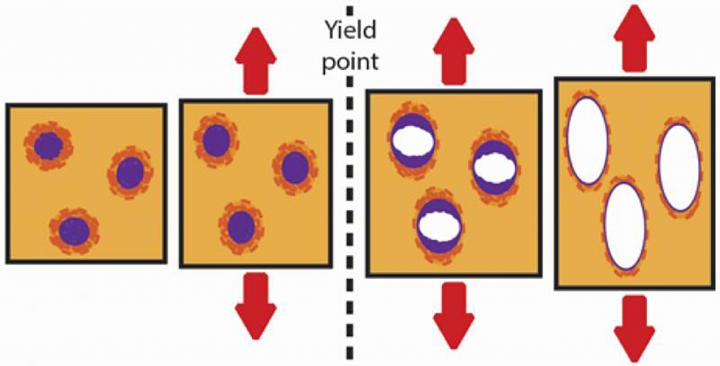This year, we collaborated with Penn’s Center for Technology Transfer (CTT) on a discussion panel "How to Start a Materials-based Company." CTT is in charge of transferring inventions and innovative knowledge to outside organizations for the benefit of society. The panel, geared mainly towards graduate students, focused on starting a materials science based company.

